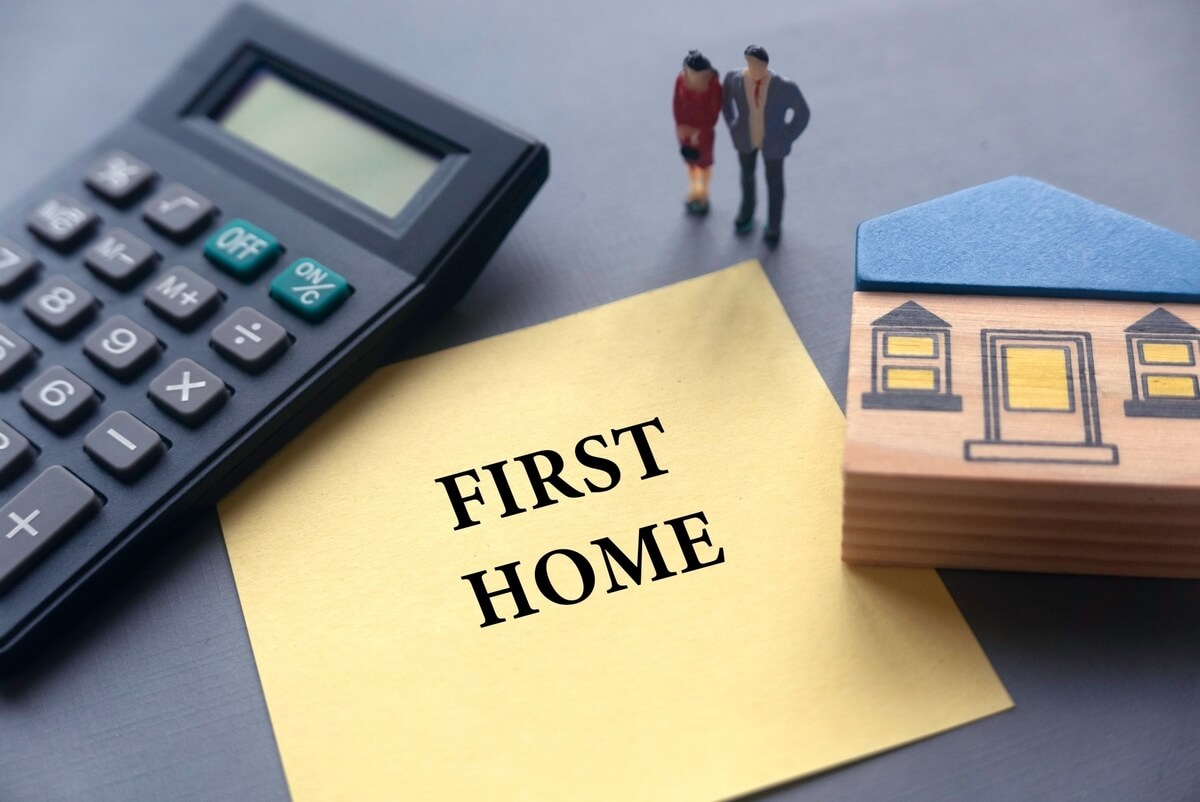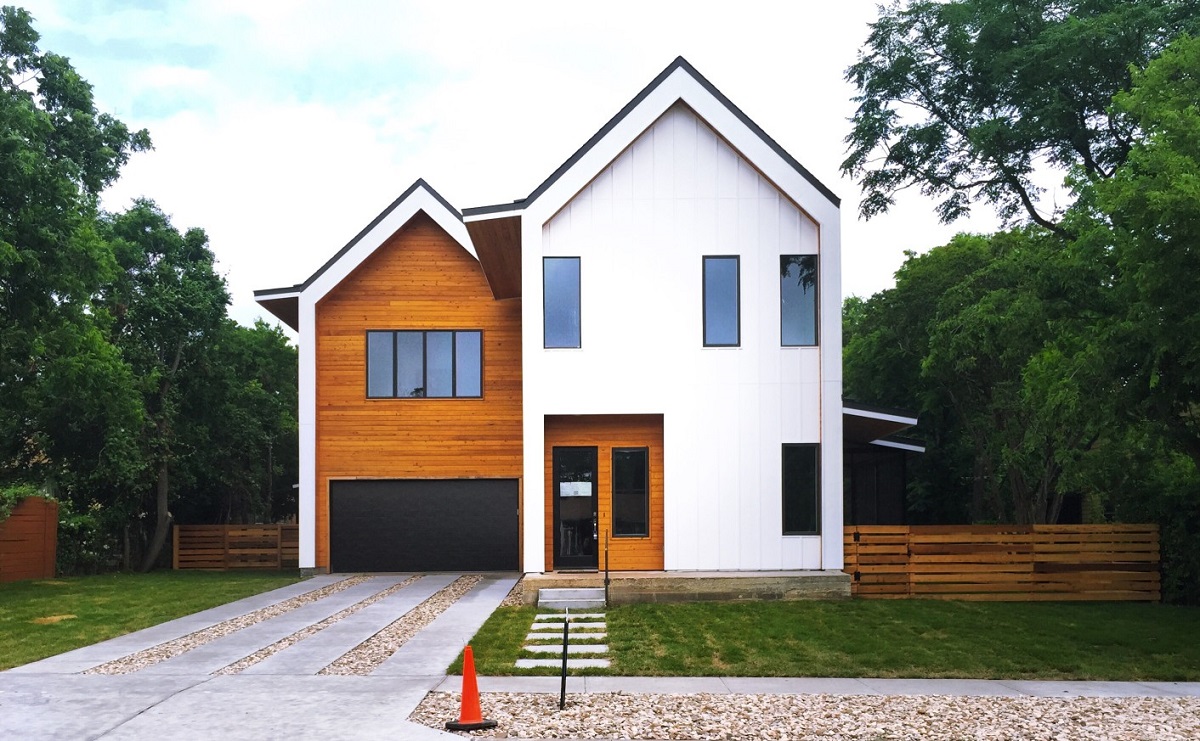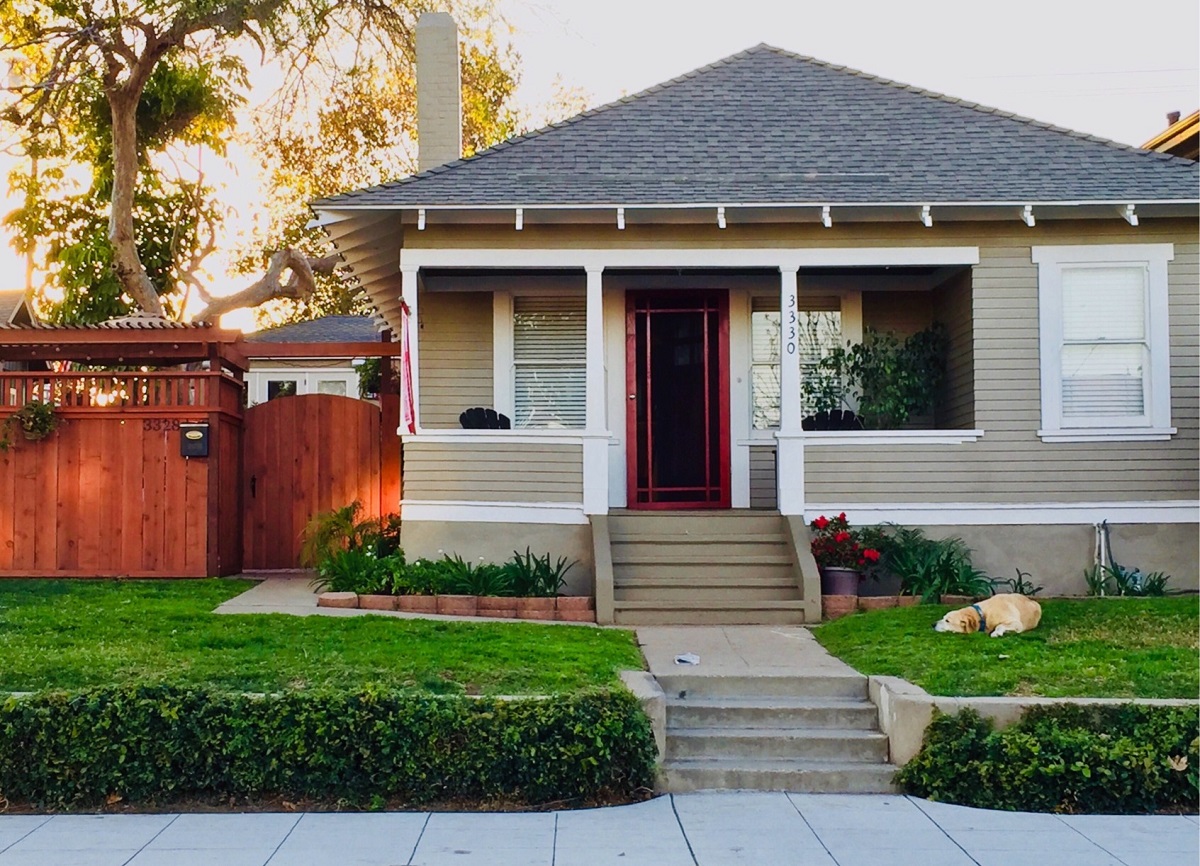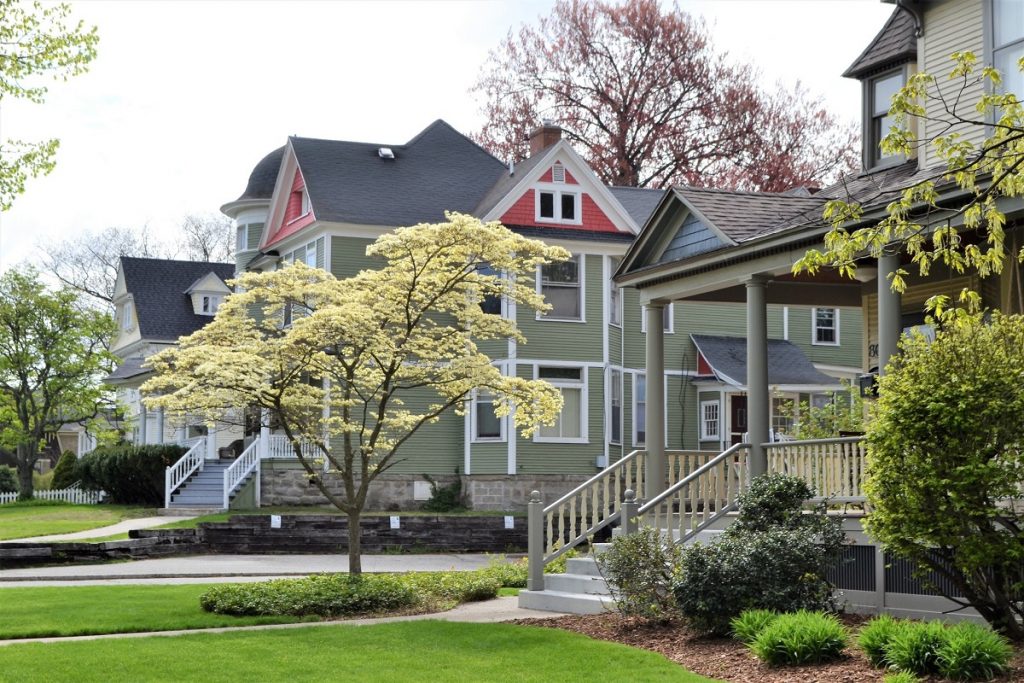Back in 2016, nearly two-thirds of Canadian families – 63% of them, to be exact – owned their homes. However, only 43% of these people had paid off their mortgage. Between 1999 and 2016, mortgage debt represented 66% of the overall increase in debt for Canadian citizens.
If your dream is to own a home, you should know that purchasing a house can significantly boost your credit score. However, many people are interested in the homeowner’s lifestyle, but they are also worried about getting into debt. To help with this dilemma, here are some essential factors you should be aware of regarding home ownership in Canada.
Choosing Between Different Types of Mortgages
Even if you want to buy a house, it is crucial to be aware that you are not required to do so. The only way to do so is mandatory is when you apply for a mortgage loan. There are several different options available for mortgages in Canada – fixed-rate mortgages, variable-rate mortgages, and variable-rate mortgages with a fixed payment. Because of the higher interest rates associated with variable-rate mortgages, obtaining a fixed-rate mortgage loan for your first home is probably best.
Mortgage Payment Frequency
People who ask themselves, “Do I have to pay my mortgage in Canada?” should know this is a common question. Fortunately, there are several options available for scheduling your monthly payments. Monthly payment schedules include the following:
- Weekly payments (1/52 of the total loan amount)
- Biweekly payment schedule (1/26 of the total loan amount – half of a monthly payment)
- Semi-monthly payments (twice per month – 1/24 of the total loan amount)
- Monthly payments (1/12 of the total loan amount for twelve months)
Regardless of which schedule you choose, it is essential to know that your mortgage loan probably won’t be paid off by the time you retire. On average, Canadians who live in major cities will still have a mortgage balance of $110,000 after 25 years of making payments on their homes.
Amortization and You
The word “amortization” might sound intimidating at first, but it is nothing to worry about. Amortization means that part of your mortgage payment schedule goes towards paying down the principal amount of your home loan. The rest of your payments go towards interest charges. If you pay off your house by making lump-sum payments or by letting your mortgage loan terms expire, you will have to pay the penalty.
You may be wondering what would happen if you did not make a mortgage payment for a while. Unfortunately, this can lead to the loss of your home and other serious consequences that could ruin your financial stability. It would help if you tried to avoid this by setting up an automatic withdrawal schedule for paying your mortgage in Canada.
Obtaining a Mortgage in Canada
The only way you can obtain a mortgage loan in Canada is by applying for one with a financial institution or bank. Of course, this means that you will need to submit extensive paperwork and go through several different stages. Make sure that you provide the bank with all of your monthly income and banking information so they can determine whether or not you are eligible for a loan.
When it comes to receiving a mortgage in Canada, there is one thing you should know: the larger your down payment is, the better off you will be. Your credit score and history play a significant role when it comes to determining whether or not you are eligible for a loan. If you have several different types of credit accounts that are all maxed out, then the bank will probably reject your application.
Your credit history is even more critical if you apply for a mortgage with little money down. That is because the more significant the down payment you make, the lower your actual home loan amount will be. In addition, you should know that banks and other lending institutions typically require a minimum down payment of 5% to 10%.
Figuring Out Your Down Payment
One of the main concerns about home-ownership in Canada is that you have to pay a down payment. Banks might require you to pay as much as 20% of the purchase price before giving you a mortgage loan. To buy a home worth $500, 000 your down payment needs to be at least $100 000. However, it is essential to know that you can buy a house with less than 20% down.
Suppose you have a family member willing to invest in your house by becoming a part of the ownership structure called “equity sharing.” In that case, it might be possible to buy a home even without paying any money upfront. It is also possible to finance more than 80% of the purchase price by taking out a second mortgage loan.
How to Pay Off Your Mortgage Faster
One of the main benefits of home ownership is that you can access all sorts of financial assistance programs. For example, suppose you want to renovate your house and higher-quality materials than your budget allows. In that case, it might be possible for you to finance the purchase by taking out a home renovation loan.
In addition, you might be able to take advantage of the tax relief offered by the Canada Revenue Agency. For example, if you make a down payment of more than 20%, you might qualify for a refund on your taxes over several years.
Another way to pay off your mortgage faster is to invest in a tax-free savings account. Regarding other ways to pay off your mortgage faster, it is essential to know that the longer your amortization period, the more you will have to pay in interest.
In Conclusion
If you want to buy a home without worrying about getting into debt or paying a down payment, it might be a good idea to get in touch with a mortgage specialist. It is also possible for you to improve your credit score to access different types of loans. In addition, there are several different financial assistance programs available when it comes to home-ownership in Canada.
If you have any query related to Mortgage, home equity, home-ownership, home loan or refinance then visit our website home page or Call us directly at 1-855-567-4898 (toll free).

















